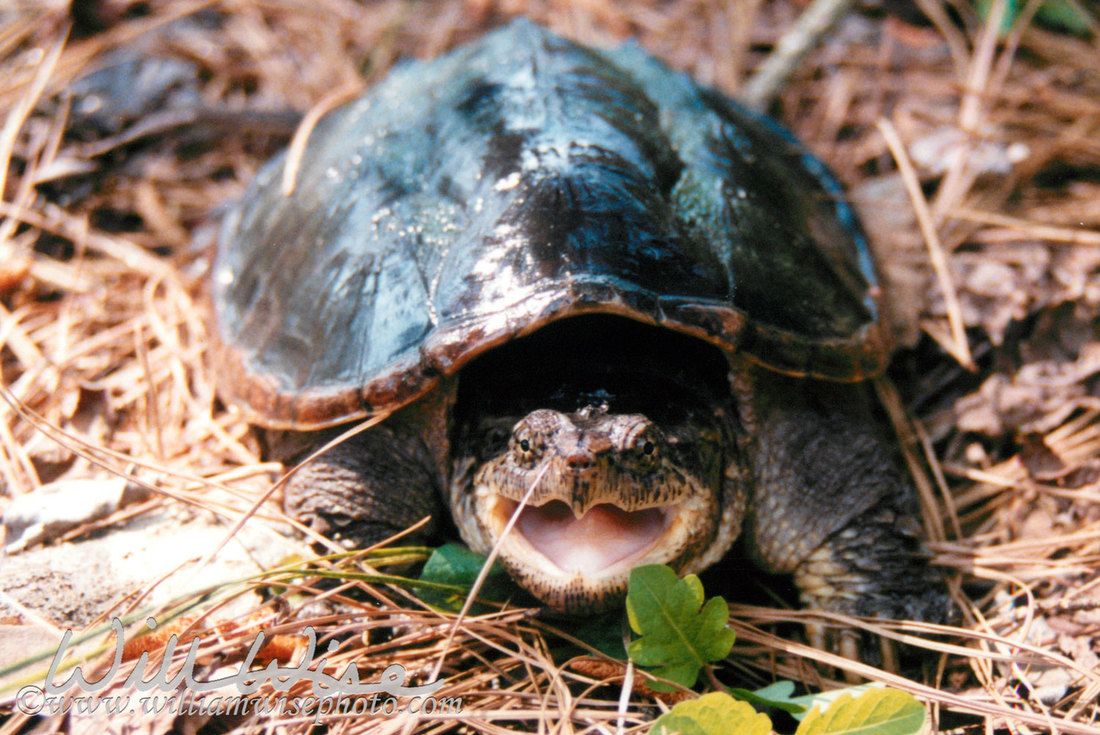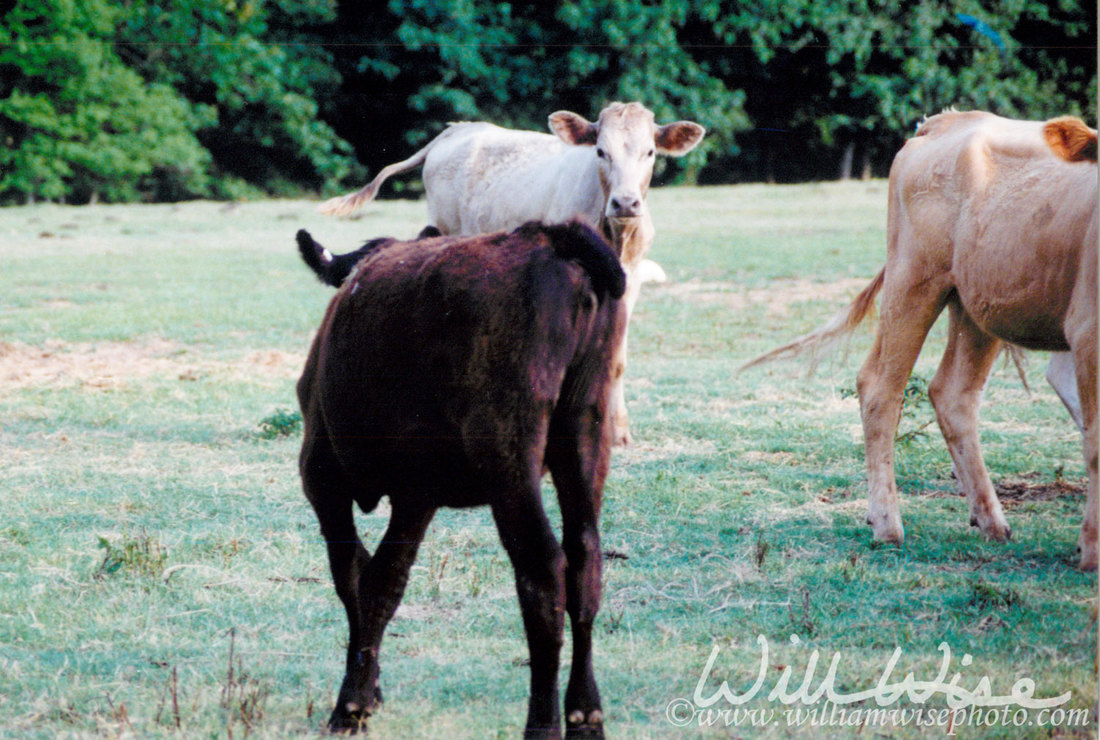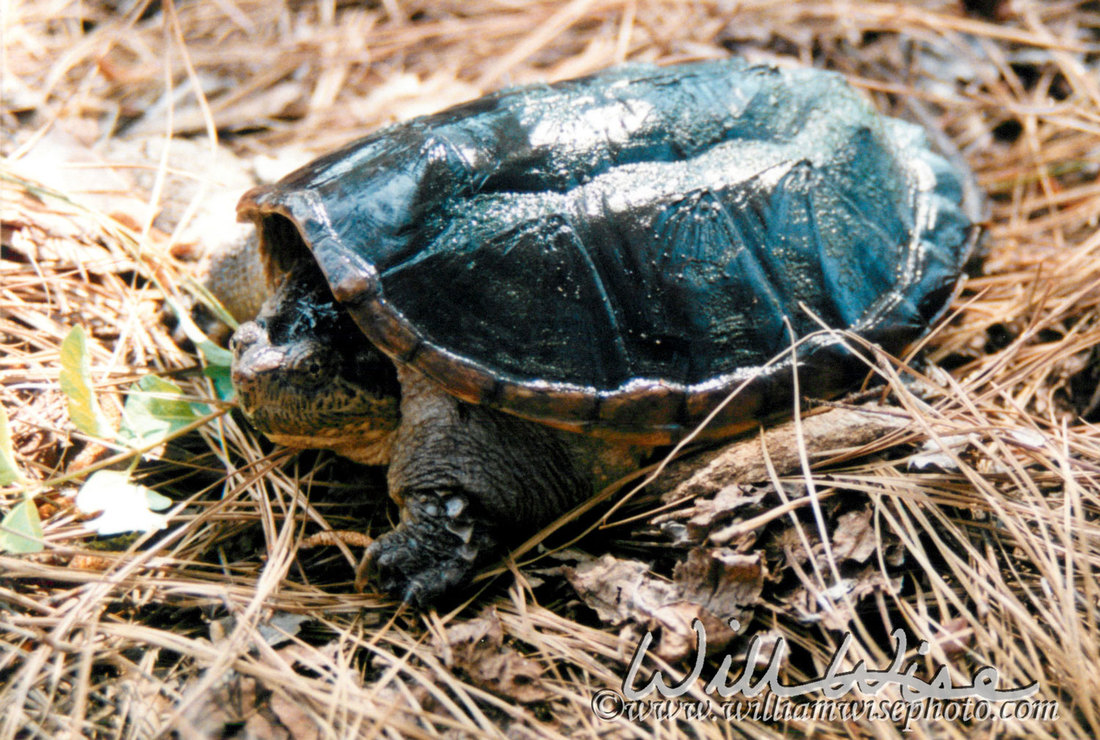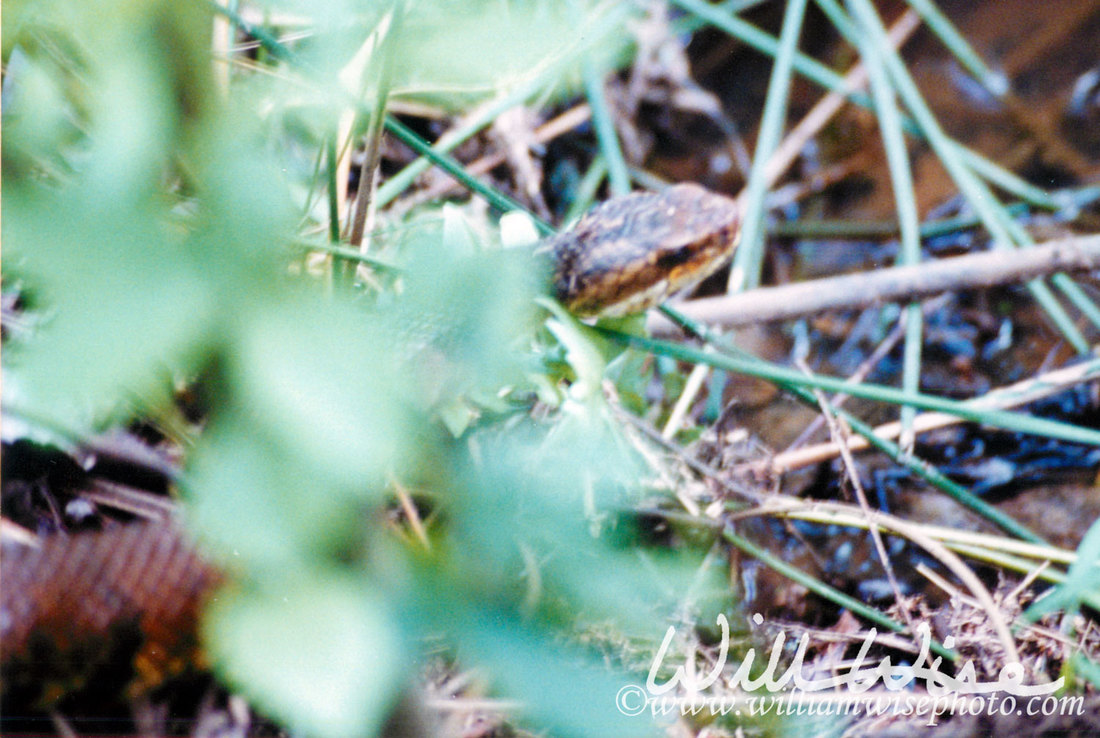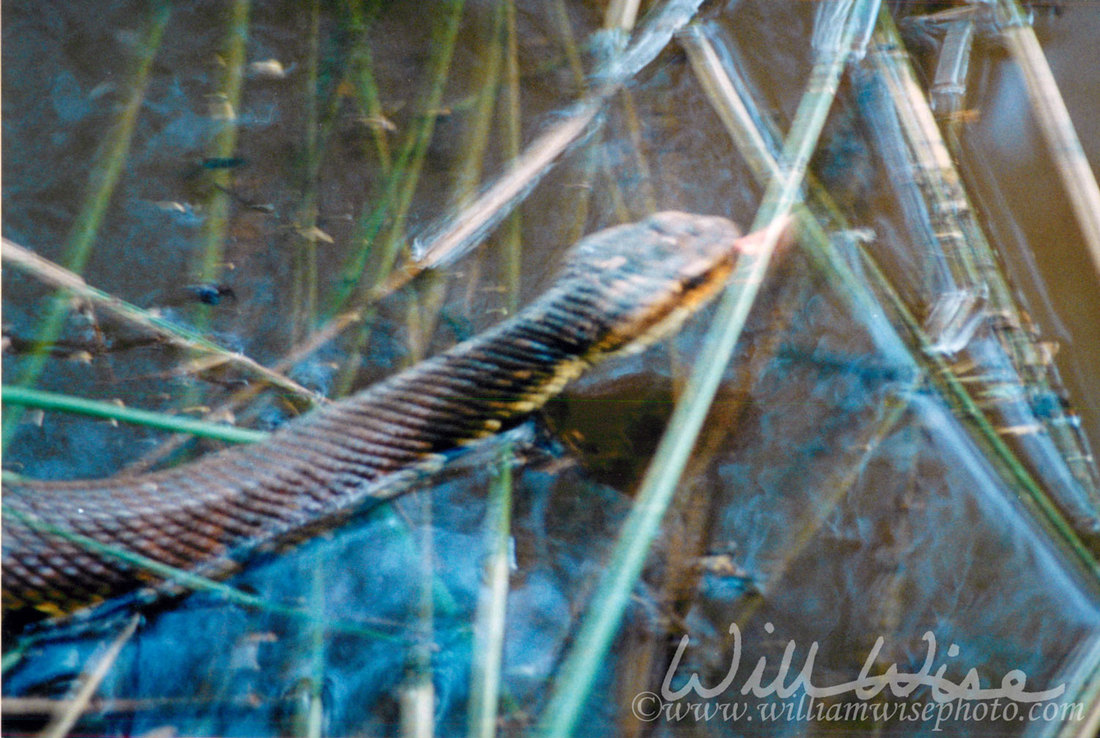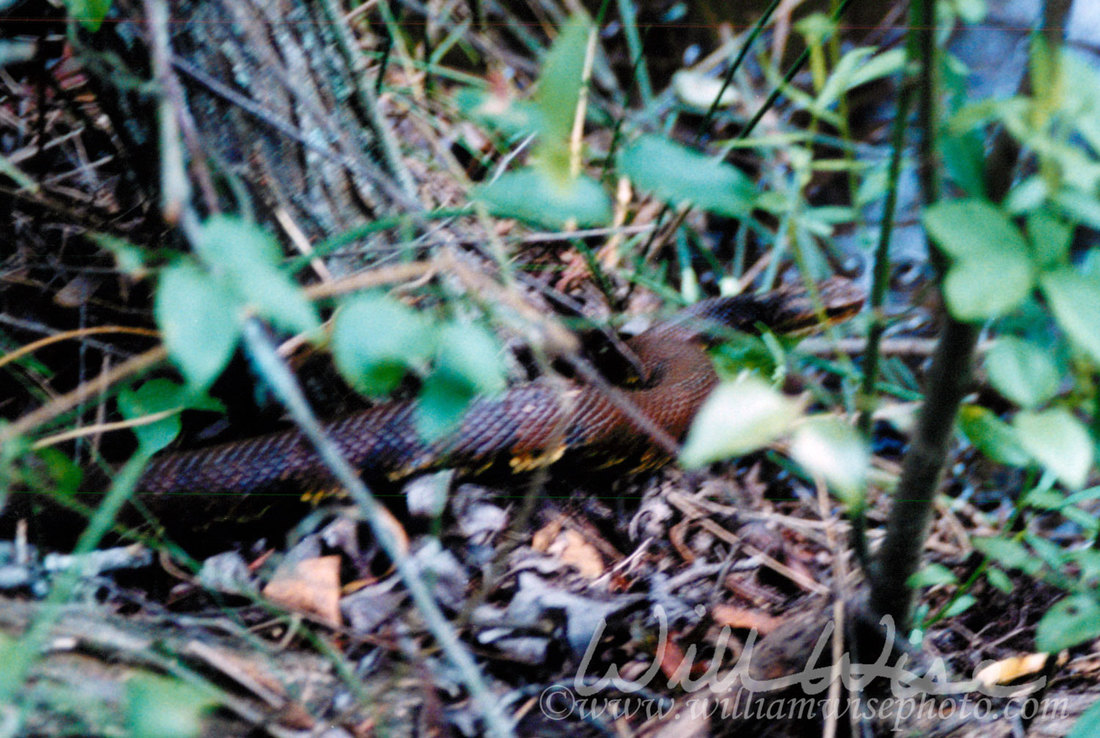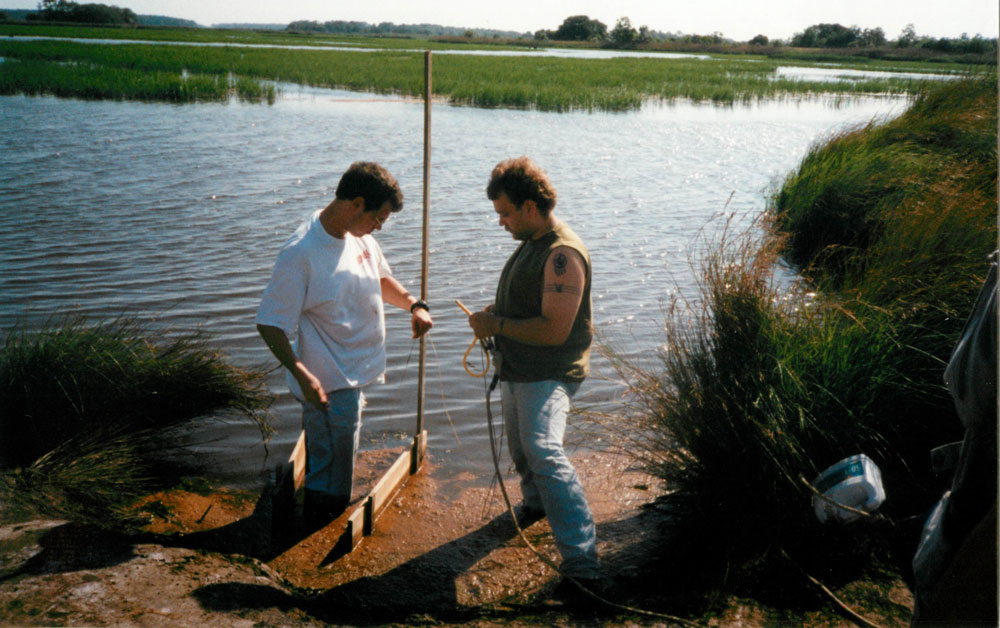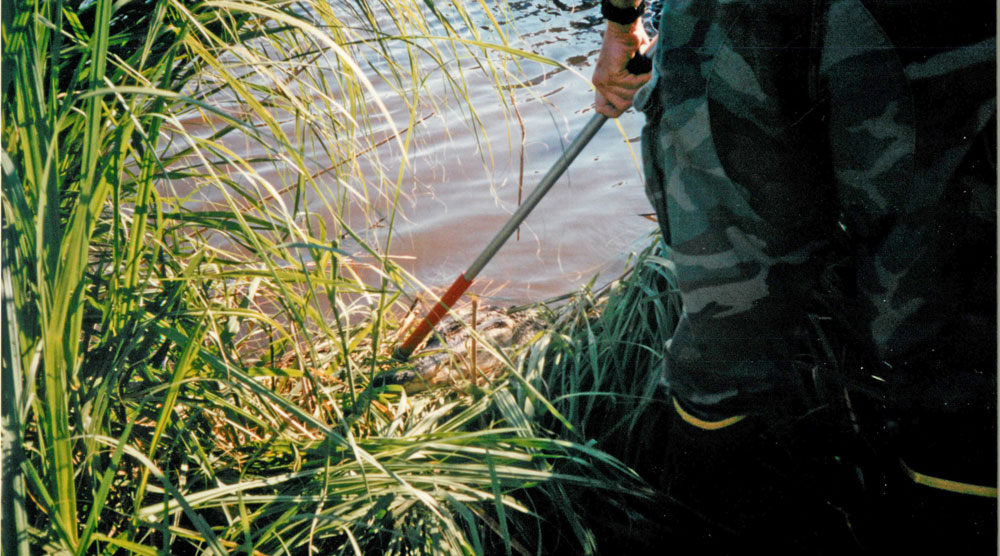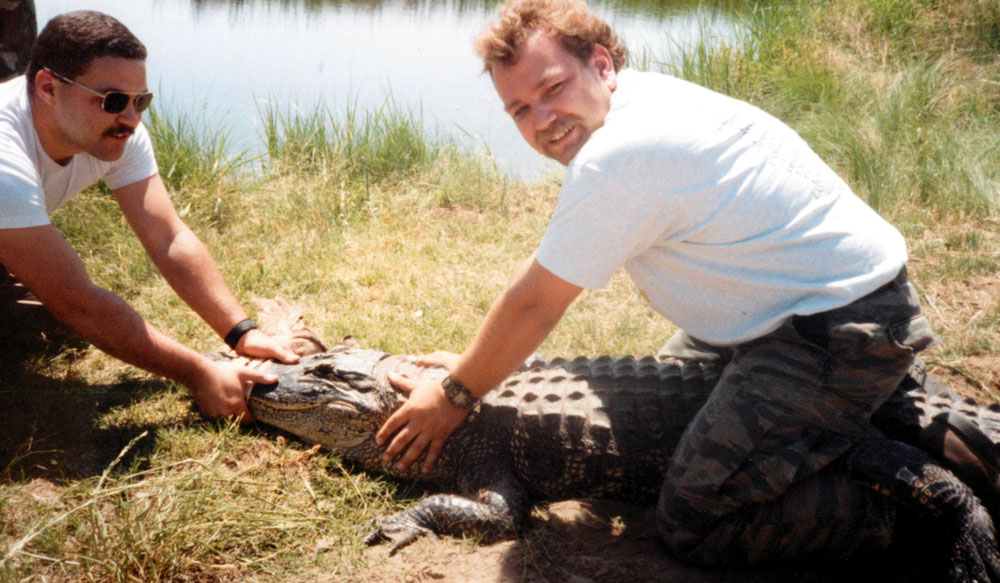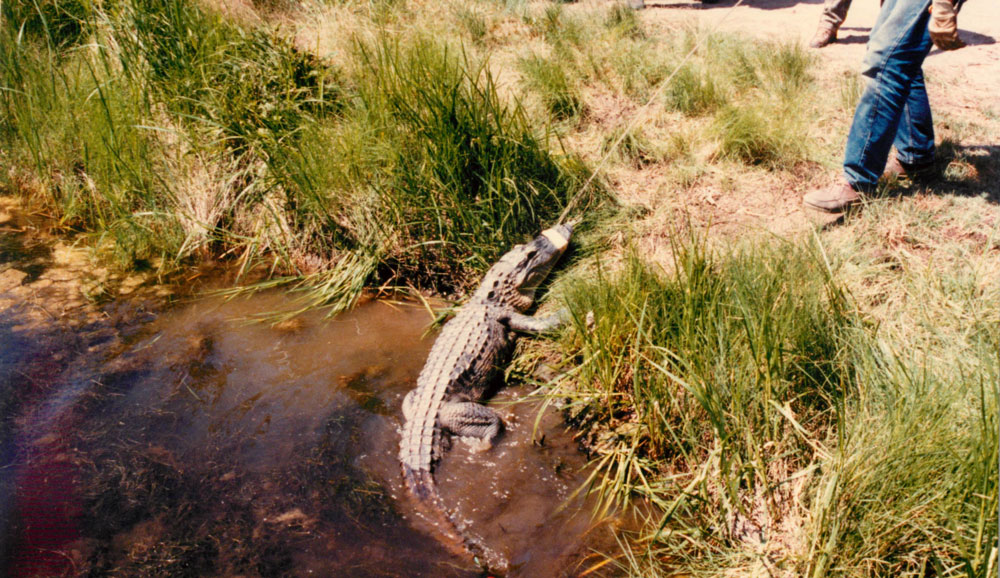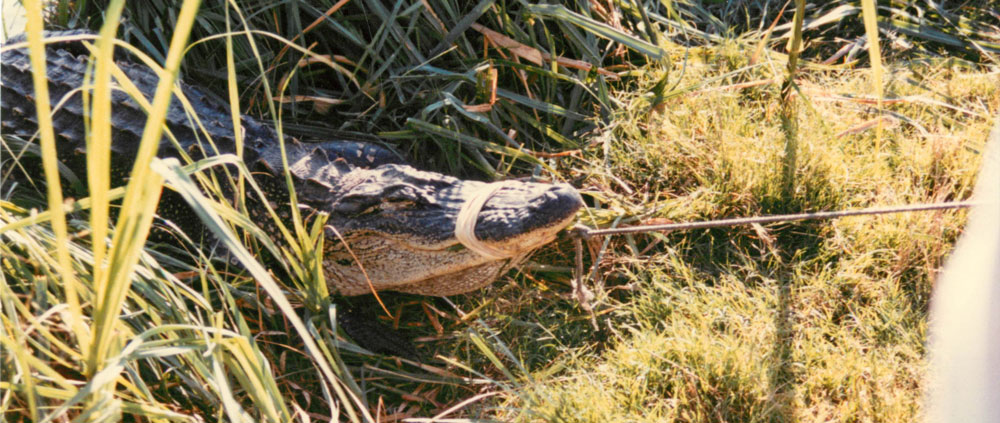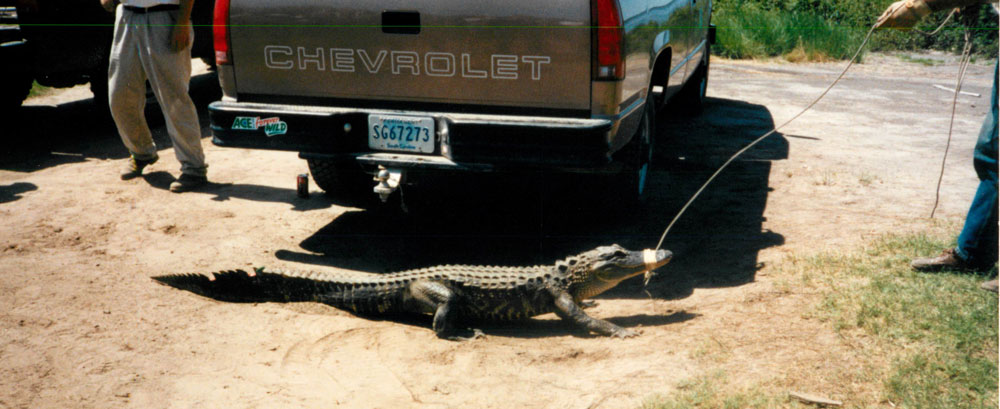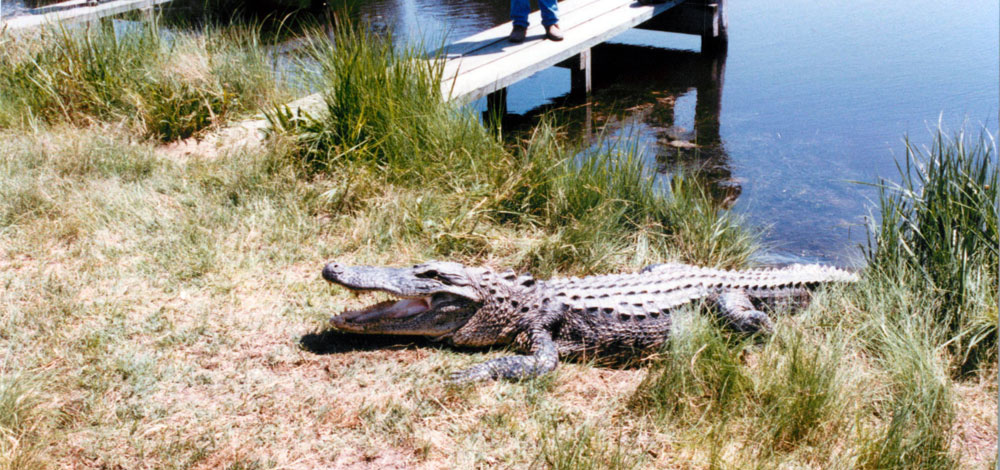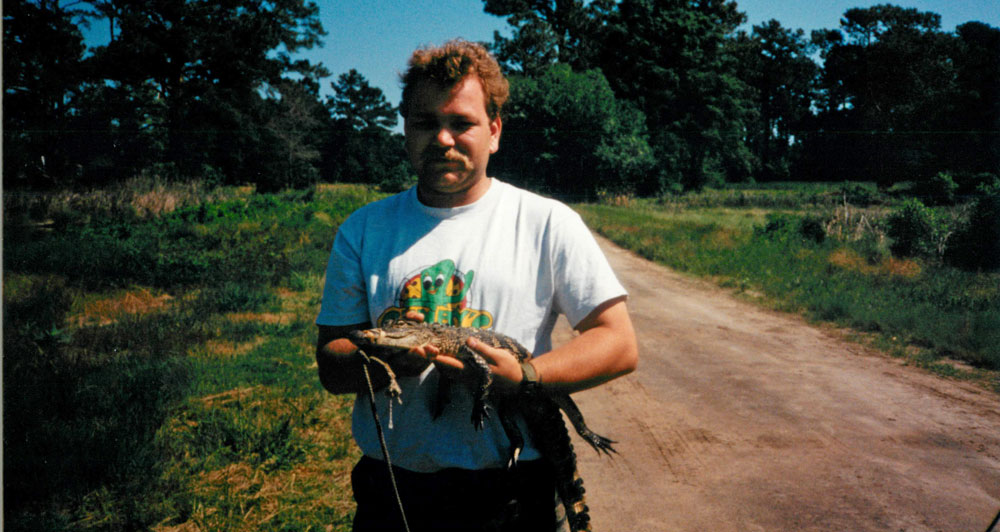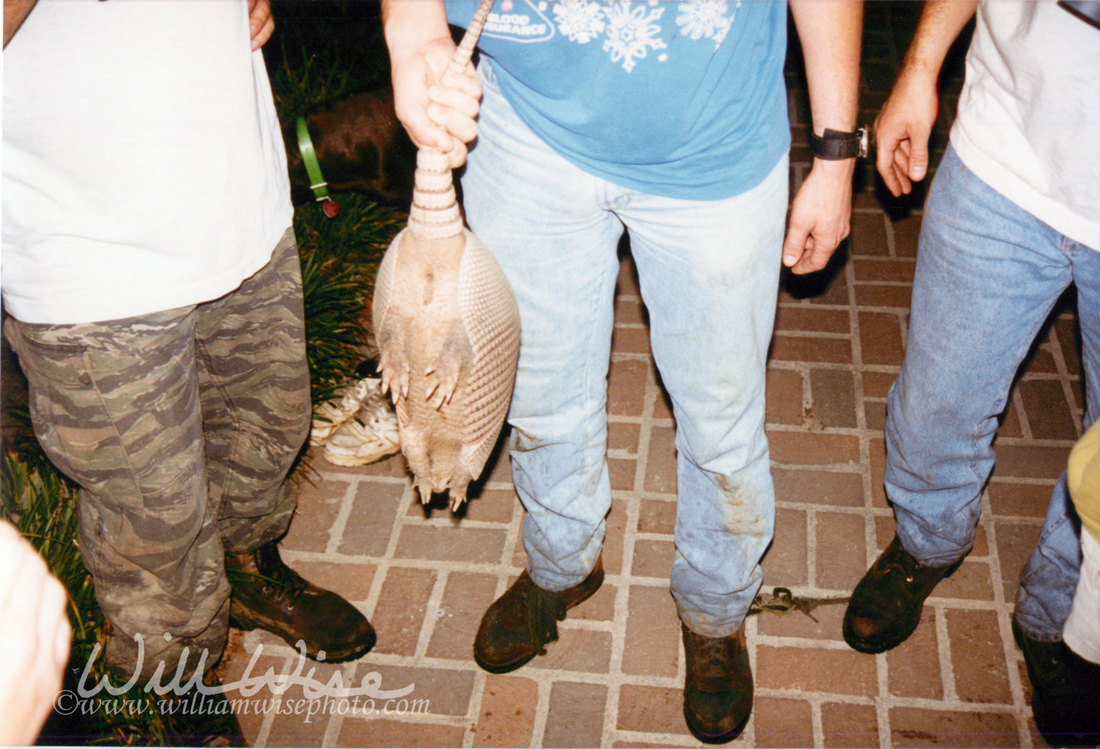Great are the works of the LORD, studied by all who delight in them. Full of splendor and majesty is his work. Psalms 111:2 I conducted my UGA Forestry School senior project research on a cattle farmer’s ranch in Warthen, Washington County, Georgia. For several weeks in a row, I went down to check coyote bait stations and survey White-tailed Deer food plots. I had occasion to come across several critters in the low lying wet areas of the property. I pulled a large Common Snapping Turtle out of the muck for a few photos. He even went back home with me for a short stay in my large aquarium until proving too dirty to keep contained. The biggest thrill for me, being a young reptile enthusiast was seeing my first Cottonmouth. During one food plot survey in a swampy area, a medium sized but heavy-bodied Cottonmouth shot out from the grasses. Most normal people would run the other way, but I chased after him with my Minolta film camera!
0 Comments
Job 41 “Can you catch a crocodile with a hook and line? Or put a noose around his tongue? Can you tie him with a rope through the nose...?" 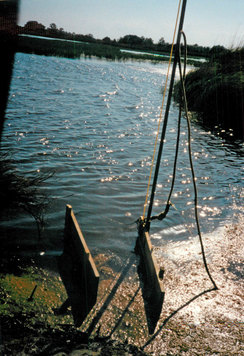 While getting my wildlife sciences degree from the University of Georgia’s Warnell School of Forestry and Natural Resources, I had the privilege of participating in a capture and release program. No, this wasn’t like the feral cat TNR related to my job now. But it was an American Alligator tagging program! In the spring of 1996 (yes, way back in the 1900’s), several Warnell students went to Bear Island Wildlife Management Area in Green Pond, South Carolina. Often, state game and fish agencies sacrifice, I mean “utilize”, graduate and undergrad students to help in research. Our job was to capture as many alligators as we could in one weekend to measure, sex, weigh and tag. During the day, we constructed snares along the banks. Two boards were placed upright a few feet apart to funnel alligators in toward the bait (dead fish). As they passed between the boards, their head went through a snare. As soon as the fish was grabbed, the trigger would release and a long elastic band stretched over the top of a vertical pole pulled the snare tight around the gator’s neck. We also had the joy of going out on small, flat boats all night and into the wee hours of the morning. Our job: paddle as slowly and quietly as possible toward red alligator eyes illuminated by our head lamps, slip the animal control pole over its head, and haul it into the boat with us. We then had to hold it down and safely (if that’s even possible) slip rubber bands over the jaws. The next day was spent taking turns mounting the bigger gators so they could be measured from snout to tail and determined if male or female (look up how its done, not fun… sort of like checking an alligator’s prostate!). They were then tagged and released once the data was collected. Before releasing, game officers had an ingenious way of removing the rubber bands from the alligators’ mouths. A rope was tied around the bands and the gator was placed on the bank. As the officer backed away, and the gator (in theory) backed into the water… pop! The bands were off its mouth. In only one instance did a gator not play along and actually came up out of the water towards us wide-eyed undergrads! Job 41:9 No, it is useless to try to capture it. The hunter who attempts it will be knocked down. While on an overnight trip to Di-Lane Wildlife Management Area with a UGA Forestry school class, we passed the evening in a manner that only forestry students would think of. It wasn’t a game of capture the flag, but capture the armadillo! Several teams of students spent well over two hours scrambling in the palmettos before one team (my team; and caught by yours truly) finally caught a little armored fellow and won the competition.
|
Categories
All
Archives
September 2025
|
|
All content is ©williamwisephoto.com. Please don't steal images. My images are available at dreamstime.com. Stock sales go into the shelter photography program.
|
In December 1993 I came to know the Designer and Creator of this wonderful planet and its creatures: Jesus Christ.
|
Donations help support the animal shelter adoption photography equipment and adoption website hosting and domain fees. Thanks for your support!
|

